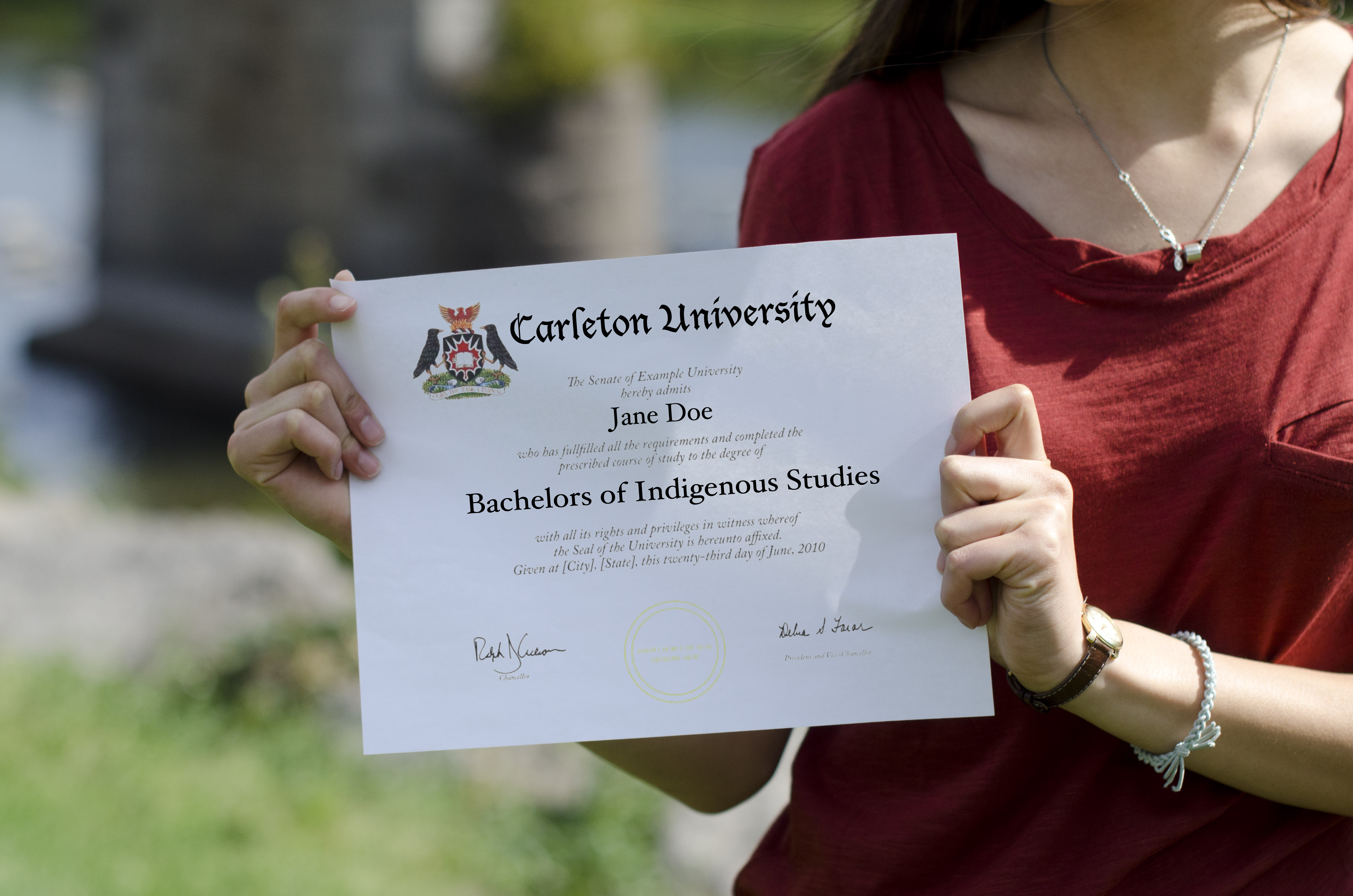The transition into university can be difficult on its own, but factor in a vegan lifestyle and it can be even more difficult to adapt and find places to eat on campus that accommodate different eating habits.
Over three per cent of North Americans are now vegan, compared to 1.5 per cent in 2009, according to the Vegetarian Resource Group, a non-profit organization that aims to educate the public about issues related to veganism.
These numbers may seem small, but as they continue to rise post-secondary institutions like Carleton University are being pressured to provide ethical and raw foods for their students.
Eating vegan while living on residence
Breanna Jones is a second-year health sciences student at Carleton who said she found the vegan food options offered by the Fresh Food Company (FFCo), the cafeteria at Carleton University, were limited while living in residence in her first year.
“They had the vegan bar but the vegetables were oily and the rice was undercooked. It was the same thing everyday,” she said. “The lack of options definitely made it hard to eat.”
The meal plan requirement for dorm-style residences is what Jones said pulls her away from returning to Carleton’s residence, even though second- and upper-year students living in residences with fully-functional kitchens are able to opt out of a meal plan.
But Jones isn’t alone in her feelings towards the FFCo.
Gillian Francis, a third-year journalism student who lives in residence, said that only having one meal a day in the school cafeteria helps the food from feeling repetitive.
“Because I have my own kitchen, I find it has been incredibly easy to eat vegan on campus,” Francis said. “I feel that if I was having to eat in the [FFCo] three times per day, they would have the same food at the station for lunch and dinner—which would get boring after a while.”
She added that while eating at the cafeteria doesn’t bother her too much, it’s eating around the rest of campus that can be a struggle—particularly at Oasis, Carleton’s late-night fast food café.
“Sometimes it’s late at night like and everything else is closed and I don’t feel like spending money on takeout and I don’t feel like making anything,” Francis said. “It would be great in these situations to have somewhere on campus with vegan options.”
In the past few years, Oasis replaced a Quizno’s sandwich booth with Mac Daddy’s, a macaroni and cheese stand with only one vegan option—sauceless pasta with some steamed vegetables, according to Francis.
The other vegan options at Oasis are plain fries and veggie chilli—which Francis said is “very watery and poor quality.”
Vegan options across campus
A great way to be informed about where to eat on campus is through the Dining Services website, which provides menus for all of Aramark’s dining locations and labels items as vegan, vegetarian, or gluten free, according to Selina Lavigne, a second-year human rights student at Carleton.
“So far I’ve had a really positive experience eating as a vegan on campus. There are a lot of spots on campus that offer a range of vegan options,” Lavigne said, adding that she thinks Smoke’s Poutine makes the best veggie burgers on campus.
“From what I’ve seen, most servers make sure to avoid cross-contamination by cooking or preparing veggie products separate from non-vegan products, as well as remembering to change their gloves,” Lavigne said.
Jane Skapinker, the registered dietician at Carleton’s Dining Services, said the FFCo created a vegan station, with four hot dishes daily a few years ago in response to student demands. She added there are vegan options scattered around the dining hall, like a soup or chilli, sushi, the tomato sauce used at the pasta station and in other recipes, and dishes at other stations labelled as vegan.
“We have always made an effort to incorporate a variety of foods on our menus including plant based foods, but as the demand grew for vegan foods, so did our options,” Skapinker said via email. “The vegan bar at the [FFCo] is growing in popularity every year, so we keep working on diversifying and increasing these options for students.”
Skapinker admitted there are gaps in the vegan menu, such as a lack of options for breakfast and dessert, and appreciate student feedback and menu suggestions.
“The desserts and breakfast has been a big topic of conversation so this is absolutely on our agenda,” she said. “For January as an example, we are adding options such as baked beans and tofu scrambles for breakfast to address these concerns.”
There are also vegan options spread across campus at places like The Greens, the shawarma station in the food court, and Loeb café, according to Skapinker. Lavinge said Rooster’s Coffeehouse offers soy milk for a dairy alternative and vegan muffins.
Carleton has always offered vegan options, according to Fahd Alhattab, the president of the Carleton University Students’ Association (CUSA). But he said there has been an increase in the amount and variety of vegan foods on campus in the last five years, and they are decently popular among students.
“It’s not hard to include these vegan options,” Alhattab said. “The question is always the business for it . . . Not every item is profitable.”
Alhattab said CUSA is able to make changes more quickly than dining services because they only own three areas where food is sold—Henry’s Convenience Store, Rooster’s, and Oliver’s Pub.
He added that CUSA is open to hearing from vegan students about whether or not they’re looking for more options.
But Jones said the best way to be vegan on campus is to avoid the FFCo and find other places that provide vegan food. She added that getting off campus is the key to a whole new world of veganism.
“There are many vegan bakeries and restaurants in Ottawa that I visited during my first year,” Jones said. “I found it really difficult to eat on campus, but going to other places in Ottawa made things easier for me.”






